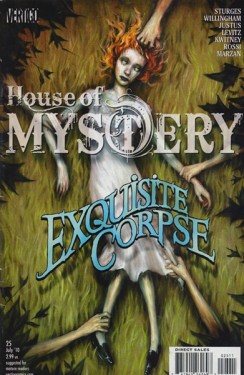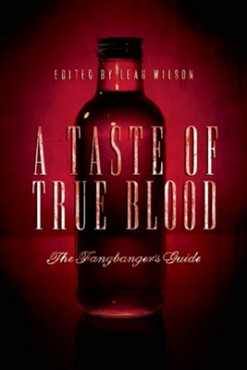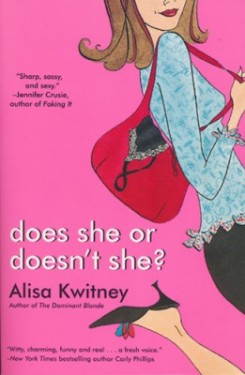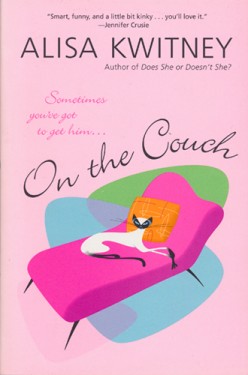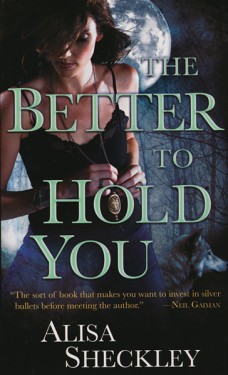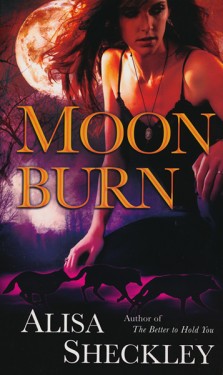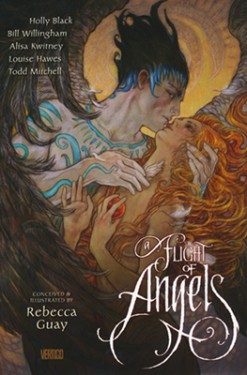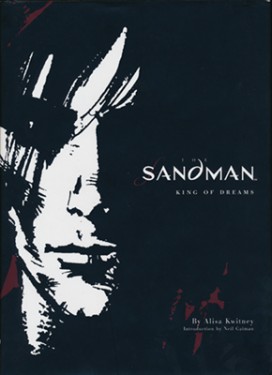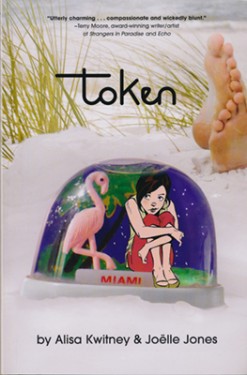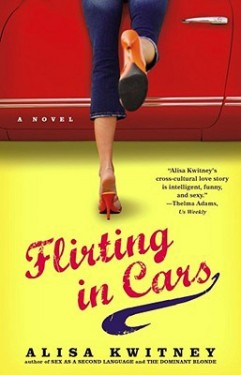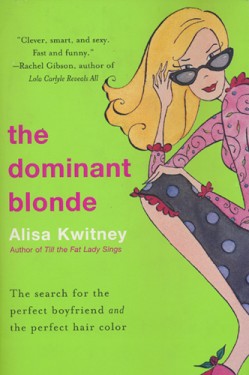Kwitney Report 2011
August 2011
Endings. There’s an old chestnut that says that beginning writers have difficulty with endings, and seasoned authors have trouble with beginnings. The reason: An experienced writer knows the seeds of the ending must be planted in the beginning.
Yet the truth is, experienced writers sometimes have trouble with endings, too. (Yes, I am speaking of myself!) While wrestling with my own ending issues, I came up with the following types of ending problem:
1) Circling the runway. The plot is clearly ready to come in for an ending, but for some reason outside the story (page count requirement, or the desire to create one last twist like the screenplay writing books say is required) the plot decides to make one more revolution, serving up a surprise that isn’t really a surprise, a revelation that isn’t really a revelation, or a complication that just makes the reader want to skip to the resolution.
Fix: Don’t do this. When your plot is ready to end, end it. Or come up with a twist that feels psychologically and emotionally authentic for the characters.
2) Suddenly, right in the final section, the story switches genres (from romance or romantic comedy or women’s fiction) and becomes action/adventure or thriller or farce.
Fix: Maintain the tone and proportion of suspense to humor or quiet emotion. You can go quite dark in some kinds of comedy, but only for very short amounts of time. In the film Crazy, Stupid Love there is a moment where a main character is suspected of doing something both illegal and immoral. In a different kind of story, this could have taken the whole plot to resolve – in this film, it was brief enough not to change the flavor of the story.
3) The final resolution is brought about by a character’s thinking really hard about things and, all on his or her own, coming to an internal epiphany.
Fix: Provide some external conflict or external catalyst (which could be an external memory trigger) that keeps the final moment from becoming too cerebral.
4) The crisis at the end of the story is resolved almost before it has a chance to become a real problem. This is more of a prose writer’s problem than a screenplay writer’s issue, and it is, in a sense, the opposite of #2. It’s the fiction equivalent of flipping your omelet before it’s set.
Fix: If there’s a misunderstanding, let it blossom as far as it can without changing the tone of the story (see #2.) It’s also a good idea to add a little insult to injury. The classic example of this is a sudden rainstorm drenching the protagonist, so if at all possible, avoid using this device. Get creative! Life has so many ways of messing you up. Recently a friend’s car was stolen, and then found and impounded, and she was charged for the time the car was impounded. Now that is insult to injury.
July 2011
Midnight in Paris: A Review (Spoilers Alert!)
Woody Allen’s new film, “Midnight in Paris” has been celebrated as a joyful, charming, exhilarating romantic comedy, up there with the best of the genre. It’s not. It is however, a charming film, and there is such a lack of charming films these days that I don’t regret the time and money spent watching it.
Yet were “Midnight in Paris” a novel, written under a female name (Wanda Allen, perhaps?) about a protagonist named Jill instead of Gil, this story would be called chick lit and lambasted for its shallow, often clichéd portrayals of ugly rich Americans, bohemian artists and writers and Paris itself.
Since it’s Woody Allen, no one seems to notice that in this Disney version of Paris, no Parisian minds speaking English to the Americans, who don’t bother to learn a word of French. Real, and interesting, cultural differences are ignored, and we are made to understand that the protagonist “gets” Paris because he likes to walk its streets in the rain, as opposed to driving through them in a cab.
His fiancée, who plays “Pragmatic” to Gil’s “Romantic” doesn’t get a fair shake. Since she’s apparently a rich man’s daughter who does not work herself, (something that reeks of old-fashioned sexism) her argument that Gil keep writing screenplays so they can live in Malibu shows her as selfish, greedy and shallow. But what if the fiancée were a working woman? What if she didn’t feel comfortable marrying a man whom she might need to support if his novels didn’t sell?
All other traces of conflict are washed away, as if by rain or magic, and what could be a pivotal meeting with a mentor (wannabe novelist Gil gets Gertrude Stein to read his manuscript) turns flat when Stein (superbly played by Kathy Bates) pronounces Gil’s work wonderful.
Since a central conceit of the film is that the main character needs to learn to let go of his illusions about the past being not just a different but a better country, it would have made dramatic sense to have Gil face disappointment there, and perhaps a critical choice. Instead, the film resolves with such improbable neatness that it is clear that we are not in Paris, past or present, but in the Disney version of Paris, where there is no litter, no cigarette butts, no dissonance and no depth.
Agree? Disagree? Feel free to comment by sending me an email at alisa@alisakwitney.com or on Facebook.
February 2011
Better Than Sex
My pic for best movie to watch on Valentine’s Day, either with or without someone special, is the 2000 Australian romantic comedy Better Than Sex. The plot is neither original nor clever: A couple of thirtysomething singles meet at a party, hook up for what they expect to be a one night stand, and wind up making love for three days. On the third day, the man has a plane ticket home to London, and the two must decide whether the magic was in the brevity…or could last for a lifetime.
What makes this airy popover of a film unusual and affecting is its air of naturalness and honesty – the two qualities which the lovers say they find so appealing in each other. The hero, played by the craggily attractive David Wenham, wonders if he is getting a little fat (he is not, but his firm, athletic body is not so sculpted that the concern seems absurd) and forgets to put the toilet seat down. The heroine, played with very un-Bridget Jones like self-possession by Susie Porter, has a lovely but not Hollywood-perfect body, complete with freckles, a couple of moles and breasts that do not defy the laws of time and gravity.
The sex, too, is portrayed as imperfect as well as passionate. In voice-overs, we are privy to the character’s thoughts as they kiss and caress, and these internal monologues range from the disarmingly frank (“I was so close,”) to the amusing (“a quarter stick of butter…a cup of flour…two tablespoons…ooooh.”) As the couple get to know each other better, their playful passion becomes something more.
In most Hollywood films, passionate sex is depicted as the perfect union of two flawless bodies. In this film, which only opened on seven screens in the States back in ‘01, the hero and heroine are comfortable enough in their own skins to embrace the lusty, generous and sometimes awkward reality of someone else’s body.






